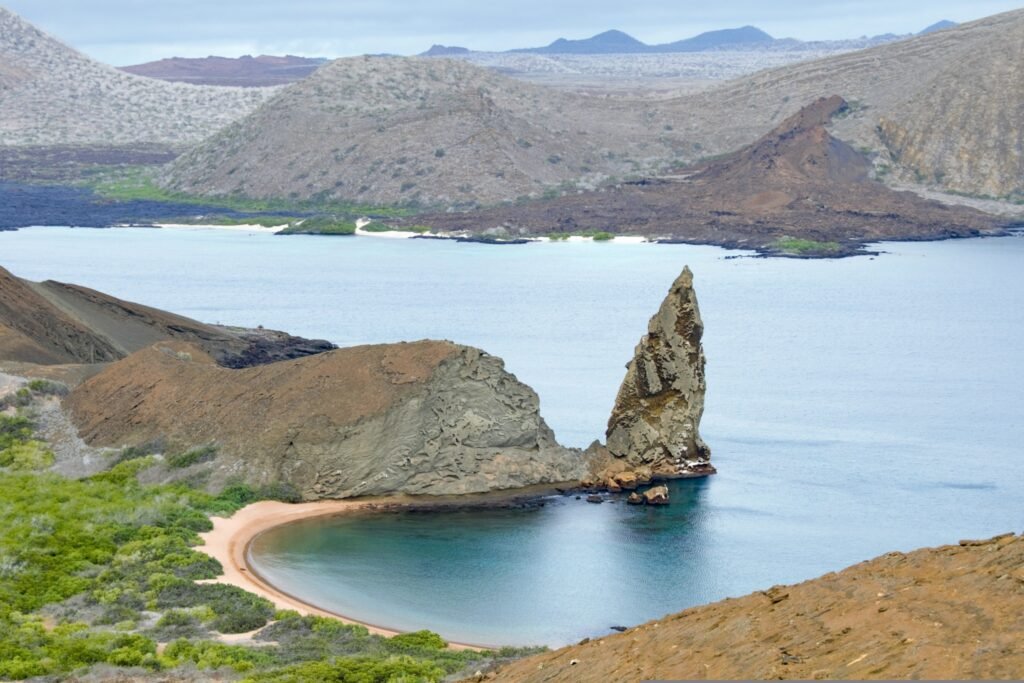There’s something truly thrilling about photographing wildlife in its natural habitat. Capturing the movement, behavior, and spirit of animals in the wild requires patience, skill, and a deep appreciation for nature’s rhythm. The best wildlife photography destinations not only offer the chance to see incredible species but also immerse photographers in some of the planet’s most breathtaking landscapes.
In this blog, we’ll explore top global destinations for wildlife photography, where you can frame everything from the Big Five to rare birds and marine life.
1. Serengeti National Park, Tanzania
The Serengeti is one of the most famous wildlife destinations in the world, renowned for the Great Migration of wildebeests, zebras, and gazelles.
Why Photographers Love It:
- Opportunity to capture dramatic predator-prey interactions.
- Classic African backdrops of acacia trees and endless savannah.
- Large populations of lions, elephants, giraffes, and cheetahs.
Pro Tip:
The migration peaks from June to October, but the Serengeti offers spectacular wildlife year-round.
2. Galápagos Islands, Ecuador
The Galápagos Islands are a haven for unique, fearless wildlife that evolved in isolation.
Why Photographers Love It:
- Blue-footed boobies, marine iguanas, and giant tortoises.
- Stunning underwater photography opportunities with sea lions, sharks, and turtles.
- Dramatic volcanic landscapes as natural backdrops.
Pro Tip:
Bring both wide-angle and telephoto lenses to capture intimate animal portraits and expansive island scenes.

3. Yellowstone National Park, USA
Yellowstone is a wildlife hotspot in North America, offering diverse animal sightings against geothermal landscapes.
Why Photographers Love It:
- Bison, grizzly bears, wolves, elk, and bald eagles roam the park.
- Geysers, hot springs, and canyons create striking compositions.
- Winter offers powerful contrasts between snow and wildlife.
Pro Tip:
Use a long lens for safely photographing large predators from a distance.
4. Pantanal, Brazil
The Pantanal is the world’s largest tropical wetland and a paradise for birdwatchers and wildlife photographers.
Why Photographers Love It:
- One of the best places on Earth to photograph jaguars.
- Giant otters, capybaras, caimans, and hundreds of bird species.
- Golden light reflecting on calm rivers and lush greenery.
Pro Tip:
Boat safaris along the Cuiabá River provide the best chance to photograph jaguars.
5. Kruger National Park, South Africa
Kruger is one of Africa’s most accessible safari parks, offering self-drive options and abundant wildlife.
Why Photographers Love It:
- Opportunity to capture the Big Five: lions, leopards, elephants, rhinos, and buffalo.
- Varied landscapes from savannahs to riverbanks.
- Golden hours produce soft, beautiful light on animal fur.
Pro Tip:
Early mornings and late afternoons are the best times for wildlife activity and soft lighting.
6. Churchill, Manitoba, Canada (Polar Bears)
Churchill is known as the polar bear capital of the world, offering rare access to these majestic animals.
Why Photographers Love It:
- Polar bears roam the tundra, often close to specially designed viewing vehicles.
- Dramatic icy landscapes create striking contrasts.
- Northern Lights often accompany polar bear sightings in winter.
Pro Tip:
Book polar bear tours in October and November when the bears are most active near the town.
7. Okavango Delta, Botswana
The Okavango Delta is a dynamic ecosystem, where seasonal flooding attracts incredible wildlife.
Why Photographers Love It:
- Elephants, hippos, lions, leopards, and wild dogs in a lush, water-rich environment.
- Unique water-based safaris in traditional mokoro canoes.
- Brilliant sunsets and golden reflections on delta waters.
Pro Tip:
Stay in mobile tented camps for the chance to get closer to remote wildlife areas.
Essential Tips for Wildlife Photography:
- Respect distance: Always prioritize the safety and comfort of wildlife—use telephoto lenses to maintain a respectful distance.
- Know your subject: Understanding animal behavior improves your chances of capturing compelling moments.
- Patience is key: Wildlife doesn’t follow a schedule—be prepared to wait.
- Use continuous shooting mode: Capture bursts to freeze fast-moving animals.
Wildlife photography is about capturing fleeting, unscripted moments that showcase nature’s beauty and power. Whether you’re on the plains of Africa, floating in a wetland, or bundled up in the Arctic, each experience deepens your connection to the natural world.
































